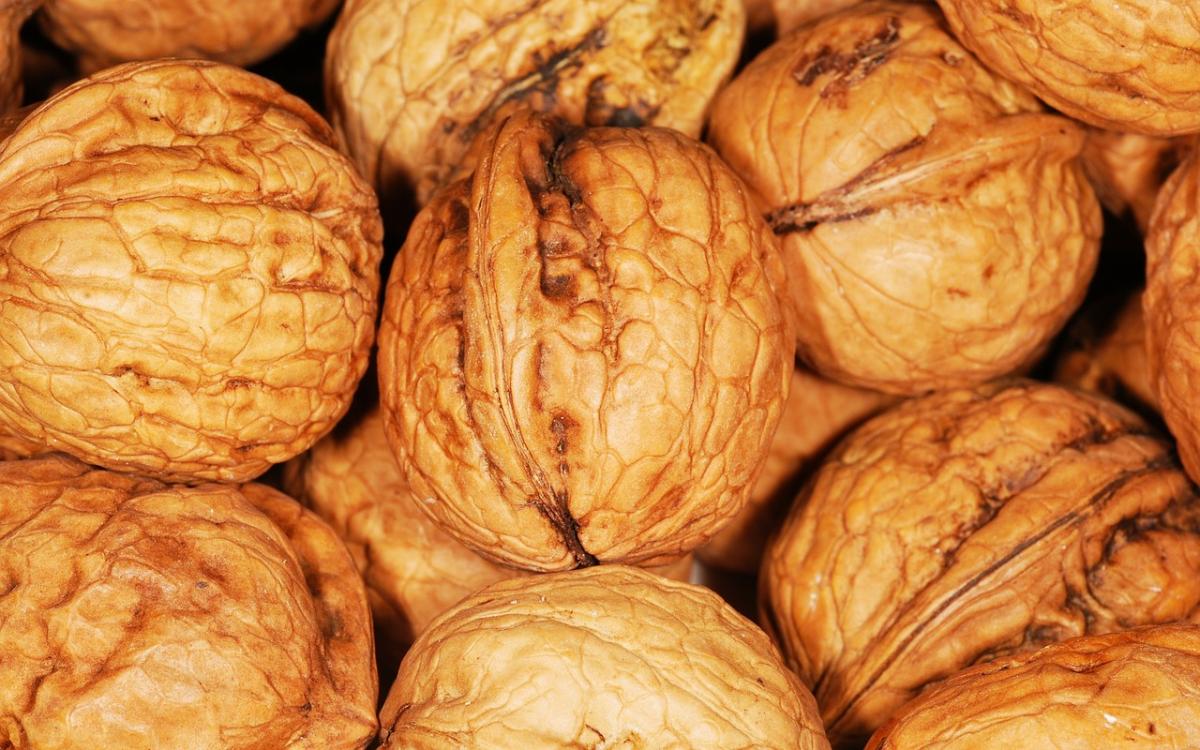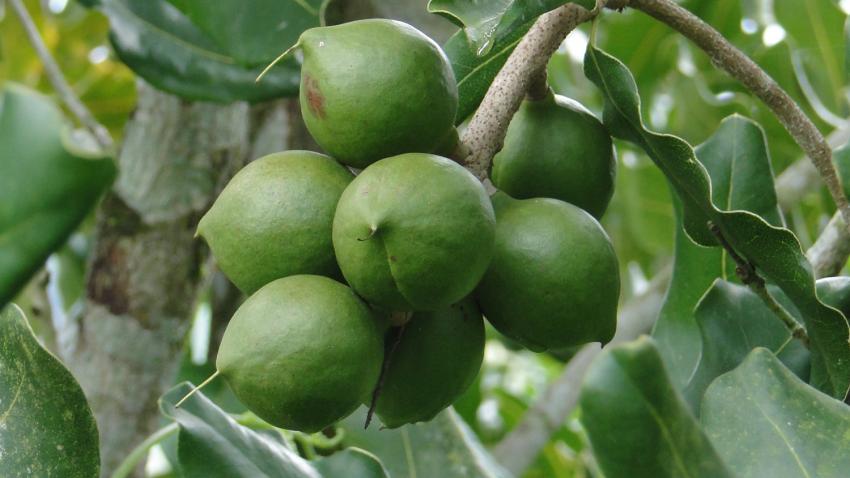You are here
Back to topGlobal Walnut Consumption Has Softened Its Robust Growth

According to the report ”World - Walnuts - Market Analysis, Forecast, Size, Trends and Insights”, recently published by IndexBox, in 2017, the volume of the global shelled walnut consumption stood at approx. 2.2M tonnes. There was a robust increase from 2008-2016, but then it levelled off due to a slight decrease of the supply in China; despite that, there was an average annual increase of +7.1% for the period from 2007 to 2017.
In value terms, the global walnut market stood at $18.3B in 2017 (IndexBox estimates), recovering slightly after a sharp drop of 2016. A gradual increase over the period from 2010 to 2015 was followed by a sharp -12% decline in 2016, when the global walnut market shrank by afterwards, the market value bounced back slightly. These fluctuations were caused by a downturn in walnut prices in 2016 on the backdrop of large harvests in major exporting countries, but then the market stabilized.
Rising population and incomes, health awareness and the current demand for healthy food and for various different ingredients designed to be used for health and beauty purposes, all constitute the main driving force behind the walnut market. Therefore, the market volume is expected to continue an upward consumption trend, increasing with an anticipated CAGR of +3.3%, which will take the market volume to 2.8B tonnes.
China Comprise Approx. a Half of Global Walnut Consumption
China (1,045K tonnes) was the country with the highest level of consumption, accounting for 48% of the global figure. It was followed by Iran (242K tonnes), the U.S. (217K tonnes) and Turkey (127K tonnes). In addition, China was the largest producer of walnuts in the world.
In 2017, amongst the key consumer countries, Iran (3.0 kg per person) registered the highest per capita consumption figure. It was followed by Turkey (1.6 kg/person), the U.S. (0.7 kg per person) and China (0.7 kg per person). Per capita consumption in these countries was higher than the global average of 0.3 kg per person. While the per capita consumption in China and the U.S. posted a significant growth from 2007-2017 (with a CAGR of +11.3% and +10.0%, respectively), in Iran the growth was more moderate (+2.6% per year); in Turkey, it mirrored its outset level.
Global Walnut Production Levelled Off After a Period of a Strong Growth
The production of walnuts reached 3,977K tonnes (in-shell weight) in 2017, fluctuating mildly over the period under review. The overall trend pattern was upward, rising on average by +7.2% per year from 2007 to 2017; however, it flattened in 2017 due to a slight decrease of production in China. The harvested area in terms of walnut orchards also expanded robustly, reaching 1,382 thousand Ha worldwide.
China Continues to Dominate Global Walnut Production
China remains the key global walnut producing country with an output of approx. 1,890K tonnes (in-shell weight) in 2017, which accounted for 47% of the total output. The other major producers lagged far behind in terms of walnut output: the U.S. (17%), Iran (11%), Turkey (4%), Mexico (4%) and Ukraine (3%).
In China, production levels had been increasing by +11.6% annually from 2007 to 2017. Chinese walnut cultivation is mainly situated in the provinces of Yunnan, Xinjiang, Hebei, Shaanxi, Henan and Gansu. In 2017, adverse weather conditions damaged the crop in the Yunnan province, the country’s largest walnut producing region. In the other major provinces, the harvest developed slightly due to new bearings and improved irrigation, but that was not enough to offset the loss in Yunnan – it resulted into a slight decrease of the production volume in China, and, consequently, the world total.
Only 11% of the Global Walnut Output Is Intended for Exports
Walnuts are a widely traded commodity, with the share of exports in total global output standing at approx. 11% in 2017. The trade intensity is not very high due to the most of walnuts are consumed locally (especially in China); however, there are small but significant amounts of imported walnuts in many countries throughout the world.
The U.S. Remains the Main Global Supplier of Walnuts
The export volume totaled 244K tonnes in 2017 which is 11% more than in the previous year. The volume of walnut export maintained a stable positive trend, growing with an average growth rate +6.0% per year.
In 2017 the value of exports totaled $2,085M which was the peak value in the observed period. Unlike the export volume, the export value was fluctuating during the observed period due to price fluctuations. There was a sharp drop in 2016 due to a decrease in walnut price that year, depressed by an oversupply of rich harvests in major producing countries. In the following year, the prices bounced back slightly, and the value of imports has almost regained its former peak level.
As of 2017, USA had the largest export volume of 101K tonnes, comprising 41% of total global import. It was followed by Mexico (15%), Ukraine (11%), Chile (10%), Moldova (6%) and Germany (4%).
Germany was the fastest growing walnut exporter with a CAGR of +15.6% per year, however, as it . It was followed by Chile (+13.0% per year), Mexico (+11.3% per year) and Japan (+10.2% per year).
Germany Emerged as the Largest Walnut Importer
The volume of global imports totaled 247K tonnes in 2017, which is 10% more than in the previous year. In value terms, it equated $1,732M. The volume of walnut import maintained a trend pattern which echoed that of the volume of exports: these trade flows complement each other at a global scale.
As of 2017, Germany had the largest import volume of 35K tonnes which was 14% of total global import. It was followed by Japan (8%), South Korea (6%), Spain (5%), France (5%) and Canada (4%).
Germany was also the fastest growing walnut importer with a CAGR of +11.1% from 2007-2017. It was followed by South Korea (+9.1% per year), Spain (+6.0% per year) and Japan (+5.9% per year).
source: https://www.indexbox.io/store/world-walnuts-market-report-analysis-and-forecast-to-2020















Add new comment